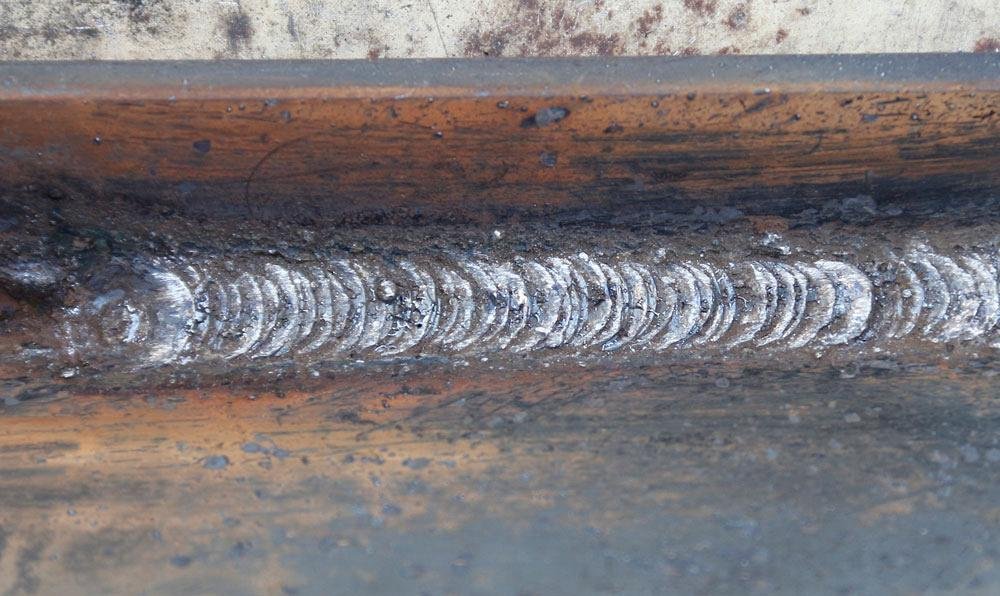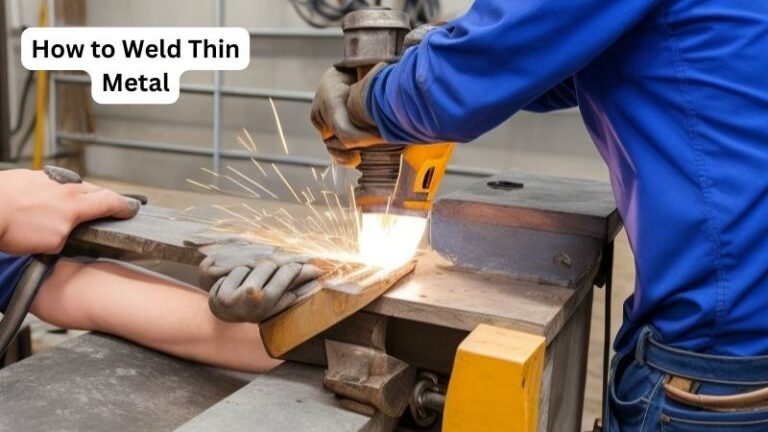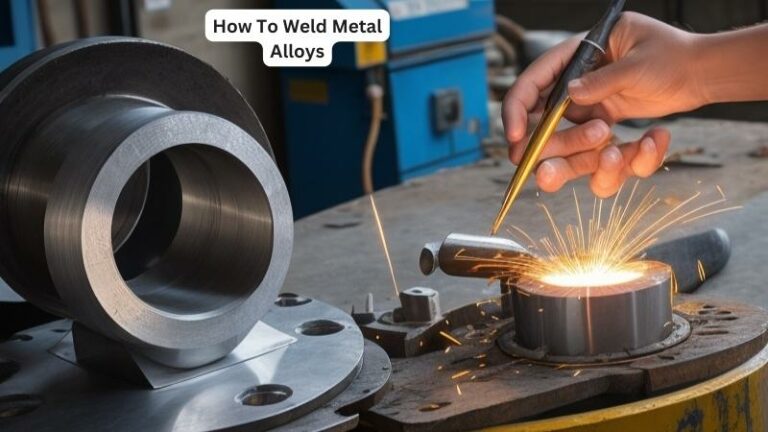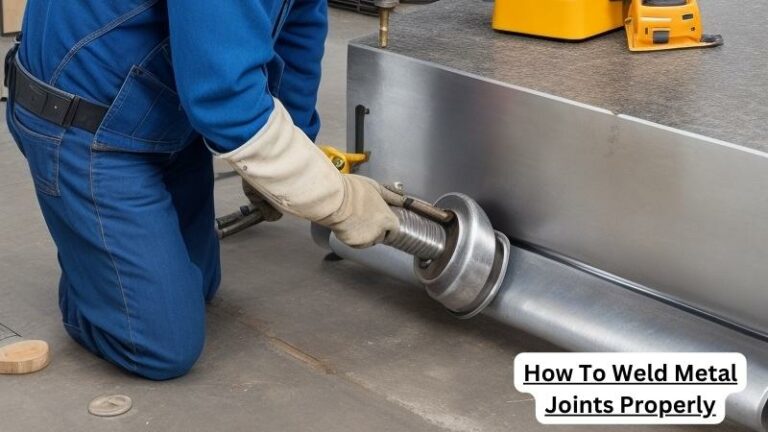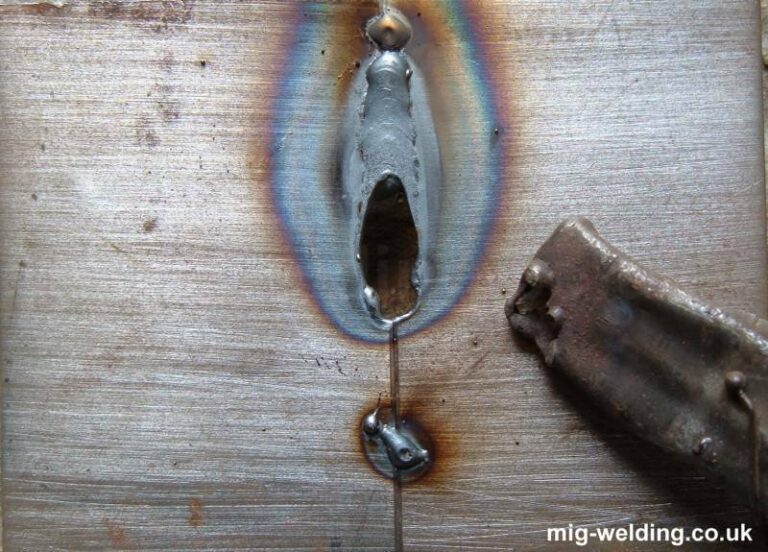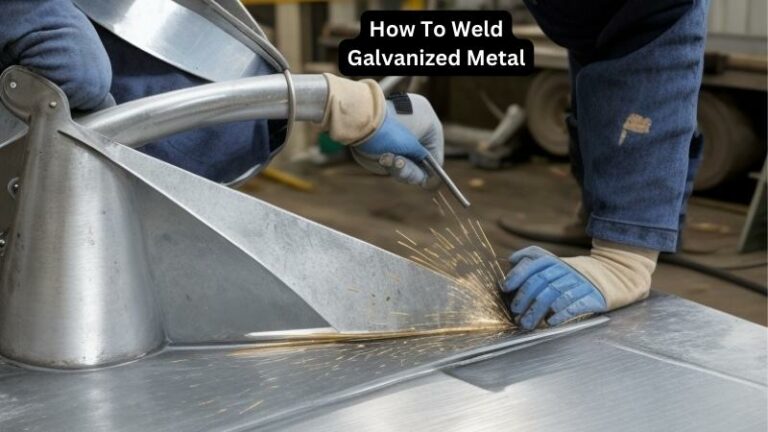Master The Art Of Stick Electrode Welding
Looking to learn how to weld with a stick electrode? Look no further! In this article, we will guide you through the process step by step, giving you the knowledge and confidence to tackle your welding projects like a pro. Whether you’re a beginner or an experienced welder looking to enhance your skills, stick welding can be a versatile and effective technique. Let’s dive right in and explore the ins and outs of how to weld with a stick electrode.
How to Weld with Stick Electrode
Introduction
Welding is a crucial skill required in various industries, from construction to manufacturing. One of the most common methods of welding is stick electrode welding, also known as shielded metal arc welding (SMAW). This technique involves using a consumable electrode coated in flux to create an electric arc and join metal pieces together. In this comprehensive guide, we will take you through the step-by-step process of welding with stick electrodes, including equipment requirements, safety precautions, and tips for achieving high-quality welds. Let’s dive in!
Section 1: Understanding Stick Electrodes
1.1 What are Stick Electrodes?
Stick electrodes, also called welding rods, are cylindrical metal rods with a core wire made of a specific alloy. These rods are coated in flux, which serves multiple purposes during the welding process. The flux coating protects the weld pool from external contaminants, acts as a shield for the arc, and enhances the mechanical properties of the weld.
1.2 Types of Stick Electrodes
There are various types of stick electrodes available, each suitable for specific welding applications. Some common types include:
- Low hydrogen electrodes: Ideal for welding high-strength steel and critical applications.
- Cellulosic electrodes: Used for pipeline welding and provide deep penetration.
- Iron powder electrodes: Suitable for faster welding and increased productivity.
- Stainless steel electrodes: Designed for welding stainless steel materials.
Choosing the right type of stick electrode depends on factors such as the base metal, desired weld strength, and environmental conditions.
Section 2: Equipment and Safety Precautions
2.1 Required Equipment
To weld with stick electrodes, you will need the following equipment:
- Welding machine: Constant current (CC) welding machines are commonly used for stick electrode welding.
- Stick electrode holder: A clamp-like tool that holds the electrode and conducts electric current to create the arc.
- Ground clamp: Connects the workpiece to the welding machine, completing the electrical circuit.
- Personal protective equipment (PPE): Includes welding helmet, safety glasses, welding gloves, and flame-resistant clothing.
- Wire brush and chipping hammer: Used for cleaning the welded area between passes.
2.2 Safety Precautions
Welding poses potential hazards, so it’s essential to prioritize safety. Here are some safety precautions to follow when welding with stick electrodes:
- Always wear appropriate PPE to protect yourself from sparks, UV radiation, and fumes.
- Ensure a well-ventilated work area or use exhaust systems to remove welding fumes.
- Inspect your equipment, cables, and connections regularly for any damage or wear.
- Keep a fire extinguisher nearby and be aware of the location of emergency exits.
- Secure the workpiece in a stable position to prevent accidents.
Section 3: Welding Technique
3.1 Preparation
Before starting the welding process, it’s crucial to prepare the workpiece and electrode properly. Follow these steps:
- Clean the base metal: Remove any dirt, rust, paint, or oil from the surface using a wire brush or grinder.
- Choose the correct electrode diameter: Refer to the welding machine’s specifications and select the appropriate electrode size.
- Handle the electrode with care: Avoid dropping or damaging the flux coating, as it protects the weld from impurities.
- Check the machine settings: Set the welding machine to the recommended polarity, amperage, and electrode type.
3.2 Striking an Arc
Once the preparation is complete, it’s time to strike an arc. Follow these steps:
- Position yourself: Stand in a comfortable position with a stable stance, ensuring a secure grip on the electrode holder.
- Position the electrode: Hold the electrode at a slight angle, with the tip pointing towards the joint.
- Establish proper arc length: Maintain a consistent arc length of around 1/8 inch to prevent sticking or undercutting.
- Strike the arc: Quickly tap the electrode against the workpiece to establish the arc, then draw it back slightly to maintain the desired length.
3.3 Welding Technique
Once the arc is established, follow these techniques for a successful weld:
- Travel speed: Maintain a steady travel speed to achieve even penetration and avoid excessive heat buildup.
- Weaving motion: For wider weld beads, use a side-to-side motion while maintaining a consistent forward travel speed.
- Filler metal deposition: Control the amount of filler metal by adjusting the angle and speed of the electrode.
- Overlap technique: Overlap the weld bead with the previous one to ensure proper fusion and minimize defects.
Section 4: Troubleshooting and Tips for Quality Welds
4.1 Common Welding Defects
Porosity:
Porosity refers to gas pockets trapped within the weld metal, weakening its strength. To avoid porosity:
- Ensure proper electrode storage and avoid using damp electrodes.
- Clean the base metal thoroughly to remove any contaminants.
- Adjust the arc length and welding speed to prevent excessive gas absorption.
Incomplete fusion:
Incomplete fusion occurs when the weld metal fails to fuse with the base metal, leading to weak joints. Avoid incomplete fusion by:
- Maintaining proper heat input and selecting the correct amperage for the electrode size.
- Properly preparing the joint surfaces to ensure good contact between the base metal and filler metal.
- Using the correct welding technique, such as a weaving motion, to achieve adequate fusion.
4.2 Tips for Quality Welds
To improve your stick electrode welding skills and achieve high-quality welds, consider the following tips:
- Practice proper electrode angle and positioning to control the weld pool.
- Monitor the arc length consistently to prevent sticking or excessive splatter.
- Maintain a clean work area, removing any potential distractions or obstacles.
- Learn from experienced welders and seek their guidance for specific applications.
- Regularly inspect and maintain your welding equipment to ensure optimal performance.
Section 5: Conclusion
In conclusion, stick electrode welding is a versatile and widely used welding process. By following the steps outlined in this guide and paying attention to safety precautions, you can master the art of welding with stick electrodes. Remember, practice makes perfect, so keep honing your skills and seeking opportunities to refine your technique. With dedication and experience, you’ll be able to create strong and durable welds for various metal fabrication projects.
Remember, the key to successful stick electrode welding lies in understanding the process, selecting the right electrode for the job, and practicing proper technique. Happy welding!
Stick Welding Electrodes Explained: Stick Welding Basics for Beginners
Frequently Asked Questions
What is a stick electrode and how does it work for welding?
A stick electrode, also known as a welding rod, is a consumable electrode used in shielded metal arc welding (SMAW). It consists of a metal core wire coated with flux. During welding, the electric current passes through the electrode, creating an arc that melts both the metal and the flux coating. The molten flux creates a protective gas shield, preventing oxidation and providing a clean weld.
What are the advantages of welding with stick electrodes?
Stick electrodes offer several advantages for welding. They are versatile and can be used in various positions, including vertical and overhead welding. Stick welding is suitable for outdoor applications or in windy conditions since the flux coating provides a protective shield. Additionally, stick electrodes are affordable, making them a popular choice for welding on construction sites or in remote locations.
How can I prepare for stick electrode welding?
Prior to stick electrode welding, it is essential to prepare the workpiece properly. Clean the metal surface from any dirt, rust, or contaminants using a wire brush or grinder. Ensure the workpiece is free of moisture, as water can cause porosity in the weld. Finally, secure the workpiece in the desired position, ensuring stability for the welding process.
What safety precautions should I follow when using stick electrodes?
When using stick electrodes, it is crucial to prioritize safety. Wear appropriate protective gear, including a welding helmet with the proper shade for eye protection. Use welding gloves, flame-resistant clothing, and safety glasses. Work in a well-ventilated area or use an exhaust system to avoid inhaling fumes. Additionally, always disconnect the power supply before making any adjustments or electrode changes.
What factors should I consider when selecting stick electrodes?
When choosing stick electrodes, consider the type of metal you are welding, the thickness of the material, and the welding position. Different types of stick electrodes are designed for specific applications, such as mild steel, stainless steel, or cast iron. The electrode diameter should match the metal thickness, and electrode classification helps determine the appropriate welding position.
What techniques can I use for stick electrode welding?
Stick electrode welding requires specific techniques to ensure quality welds. Maintain a consistent arc length between the electrode tip and the workpiece, typically around 1/8 inch. Control the travel speed to achieve proper fusion and prevent overheating. Use a weaving or circular motion to distribute the heat evenly. Finally, remove any slag or flux residue between weld passes for a clean finish.
Final Thoughts
Welding with a stick electrode is a versatile and effective method for joining metal pieces. By following the necessary steps and precautions, one can achieve strong and reliable welds. This article has provided a comprehensive guide on how to weld with a stick electrode, covering topics such as electrode selection, preparation, technique, and safety measures. By applying the knowledge gained, individuals can confidently tackle various welding projects. Whether it is for repairs or fabrication, mastering the art of stick electrode welding opens up a world of possibilities for DIY enthusiasts and professionals alike.
